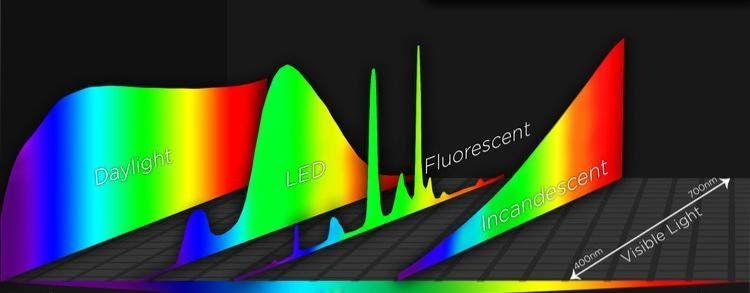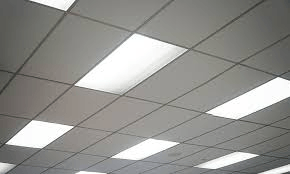Sports and Entertainment Venues Are Switching to LED
When a bulb burns out in your kitchen or dining room, it’s often a quick fix. Get a stepstool, find a replacement bulb, unscrew one, screw in the other, and you’re all set. Well what if your ceiling isn’t just eight or 12 feet up? What if your ceiling is more like 140 feet up? A typical ladder isn’t going to cut it. And you’re probably not going to go up there for every individual bulb that burns out. This was the problem facing a lot of sports and entertainment complexes before the advent of reliable, long-lasting, and energy efficient LED lighting.
Lighting efficiency is a big deal for these enormous venues that burn thousands of individual, high-powered bulbs at a time for hours on end. Rarely are they burning 24-hours a day, but certainly for multiple hours a few days per week. And the energy required to get those incandescent bulbs to burn as brightly as they do can drive up energy bills. In recent years LED technology has advanced to the point where they are bright and dependable enough to be serious contenders for replacing the lights these venues traditionally relied upon.
In general LEDs have a much longer expected lifespan than their incandescent counterparts. This helps drive down the maintenance cost of replacing metal halide bulbs that inevitably burn out. Changing lights in a venue of this size requires special lifts that won’t damage the playing surface, requires specially trained and often union labor, and getting all that in place for a single burnt out bulb often doesn’t make sense. So you either have to change all the bulbs when one goes as a preventative measure, or you wait for a certain number to fail before incurring the cost of replacing them. Either way you’re compromising on cost or lighting quality. LEDs’ longer lifespan can significantly reduce the number of times someone has to get onto a lift and ascend 140 feet in the air to change out these specialized, expensive fixtures.
Not only do LEDs last much longer than traditional lamps, they also require nearly no time to “warm” to their full brightness. Whereas sodium-HID lamps, those traditionally used in these areas in the past, require time to actually heat up, LEDs have what amounts to instant-on capabilities.
Had the Superdome utilized LEDs in 2013 during Super Bowl XLVII, the power outage that left the stadium in the dark for more than half an hour would have had less of an impact on the game. While the LEDs wouldn’t have addressed the underlying issue of the power outage, once the power was restored 10 minutes after the outage, LEDs would have snapped back to life. Unfortunately sodium-HID lamps require about 25 minutes to warm up, delaying the most watched sporting event in the United States by more than 30 minutes. Power outages for arenas of this side are admittedly rare, but in general requiring lamps to warm up for nearly 30 minutes is 30 minutes LEDs wouldn’t be burning. That’s 30 minutes of energy savings before every event and that adds up.
Speaking of energy savings, it goes without saying that LEDs use less energy than a sodium-HID or high pressure sodium (HPS) bulb. So energy costs will be lower as a matter of course. Similarly the energy draw will be lower. So while it may cost more initially to retrofit all the fixtures and update them to LED, by working with your electricity provider, custom rebates or other incentives could likely be available.
One element we haven’t touched on when it comes to stadium and arena lighting is the color rendering index (CRI). We’ve discussed CRI and why it matters before. We’ve also talked about getting better light with fewer lumens. Both these elements come into play when discussing the benefits of LEDs for arena lighting. While it’s rare for an LED lamp to score less than 70, HPS lights have a CRI of less than 30. This is abysmal in terms of color rendering. The only way to compensate for that terrible CRI score is to flood the space with more lumens. That means more lights, more energy, and more cost. Replacing these old, inefficient HPS bulbs with high-intensity LEDs can drastically reduce energy consumption and cost while also raising the CRI score significantly.
The best example of a new construction of this scale taking LEDs and natural light into account from the very beginning is US Bank Stadium in Minneapolis. The stadium boasts the world’s largest ETFE transparent roof which lets in natural sunlight and reduces the need for artificial lighting during daytime. It also uses thousands of advanced LEDs, cutting energy consumption by approximately 75% over metal halide lamps.
As our drive toward sustainability continues and LED technology improves, there will be even more ways for stadiums and other large event complexes to upgrade to LED, reduce energy consumption, move toward net-zero energy, and take advantage of exceptional lighting in the process.





